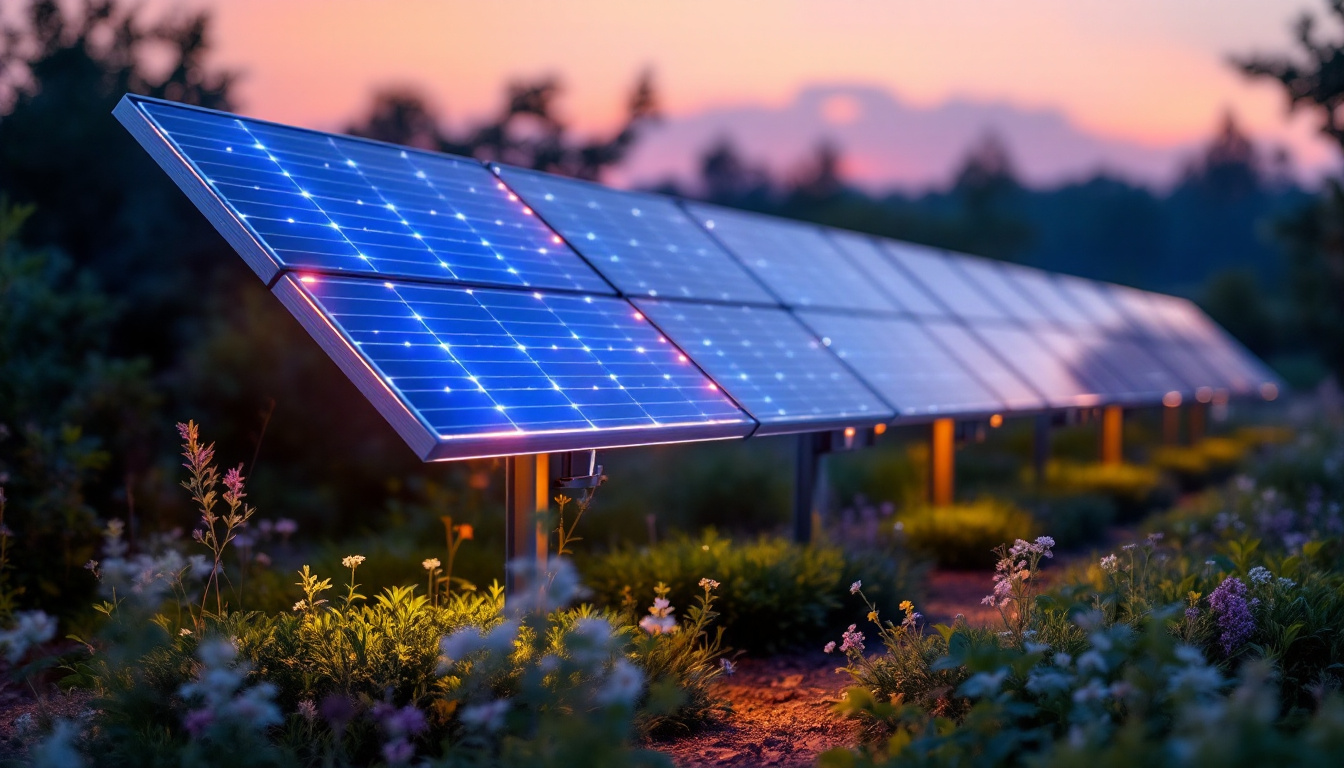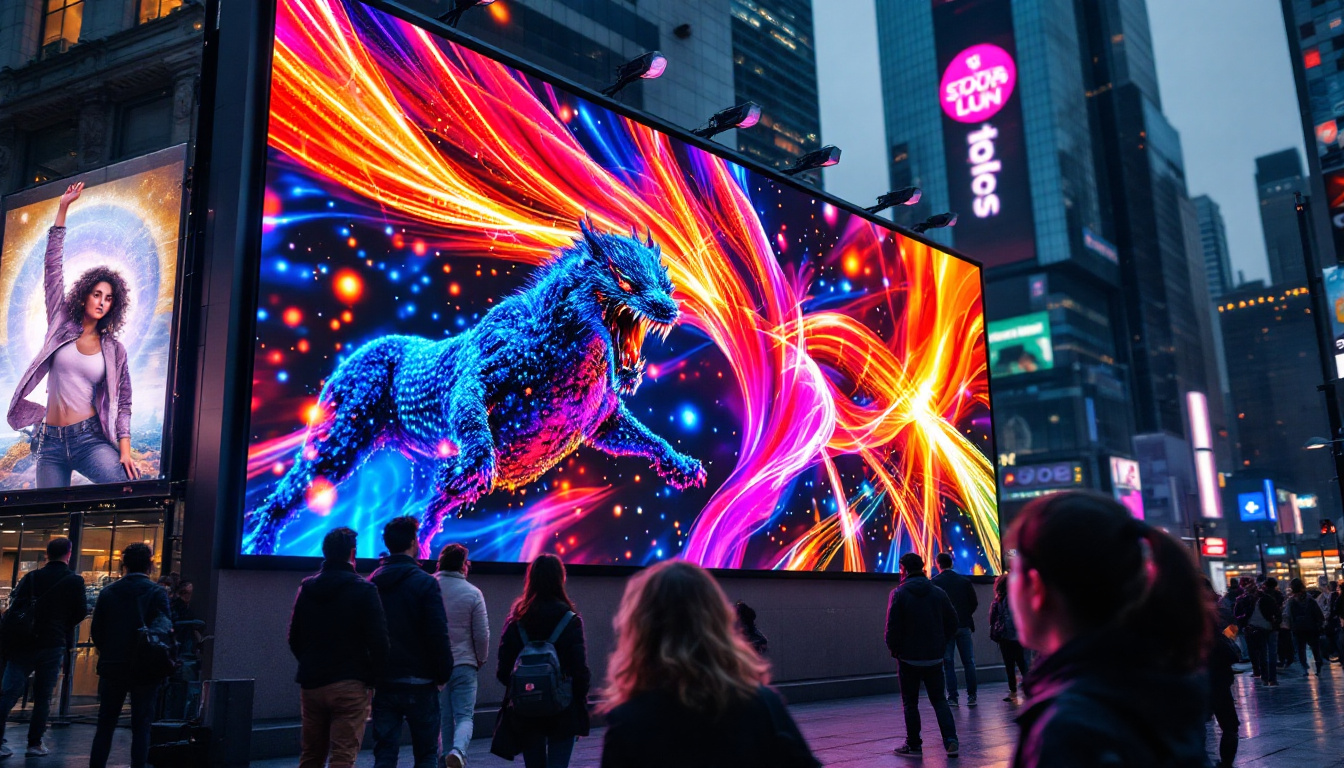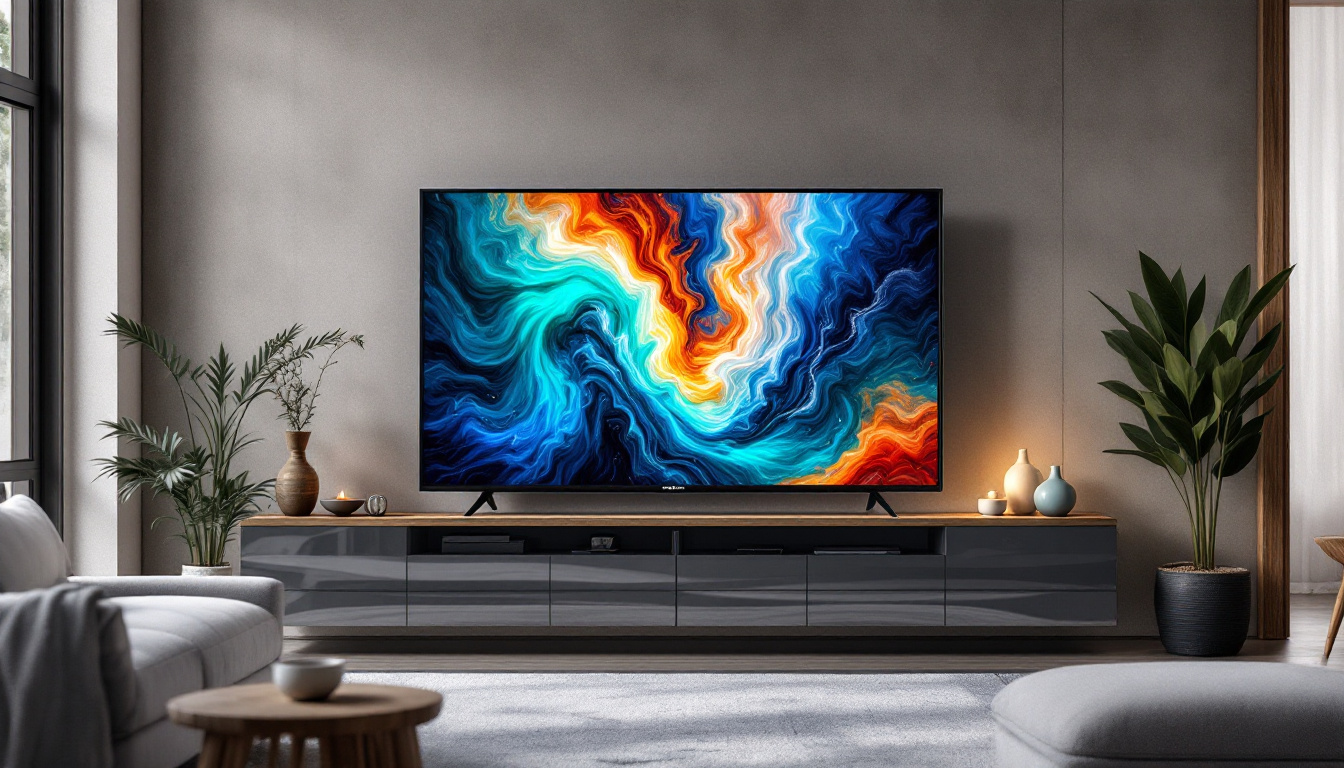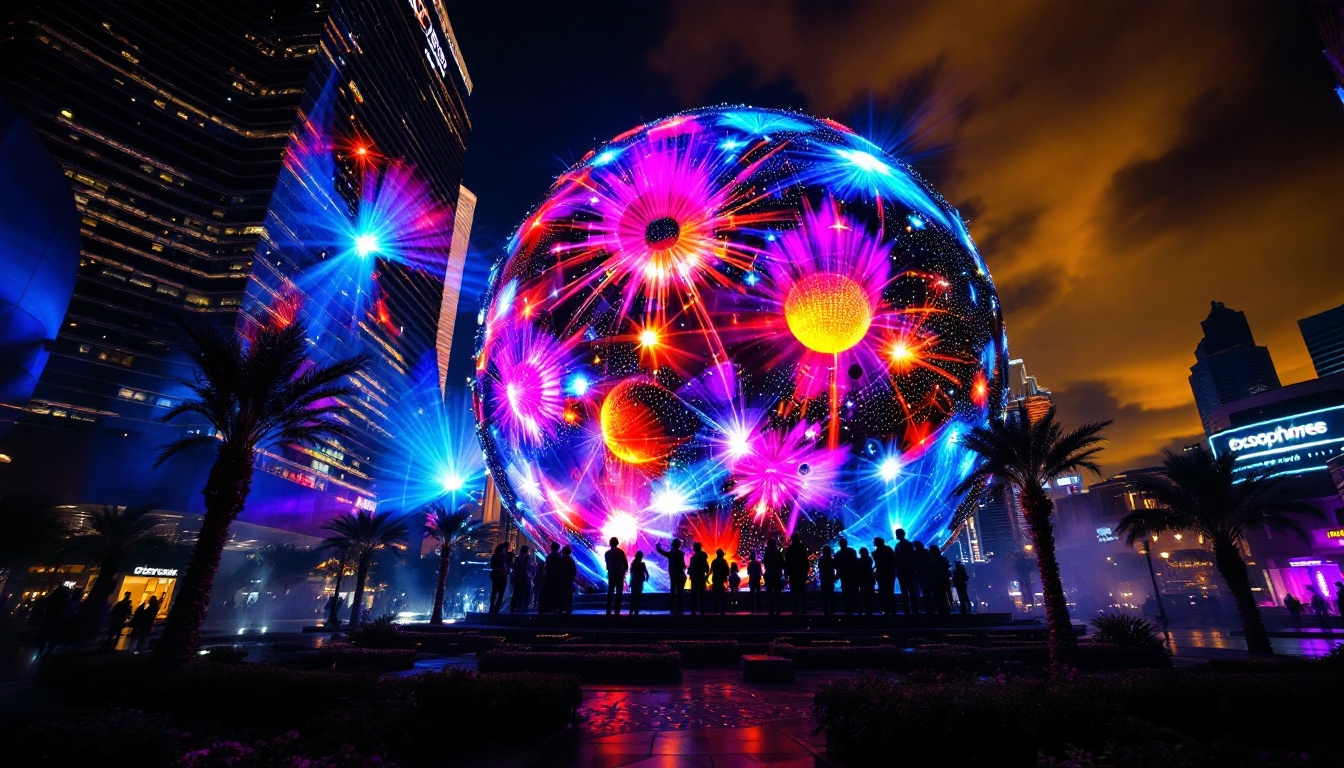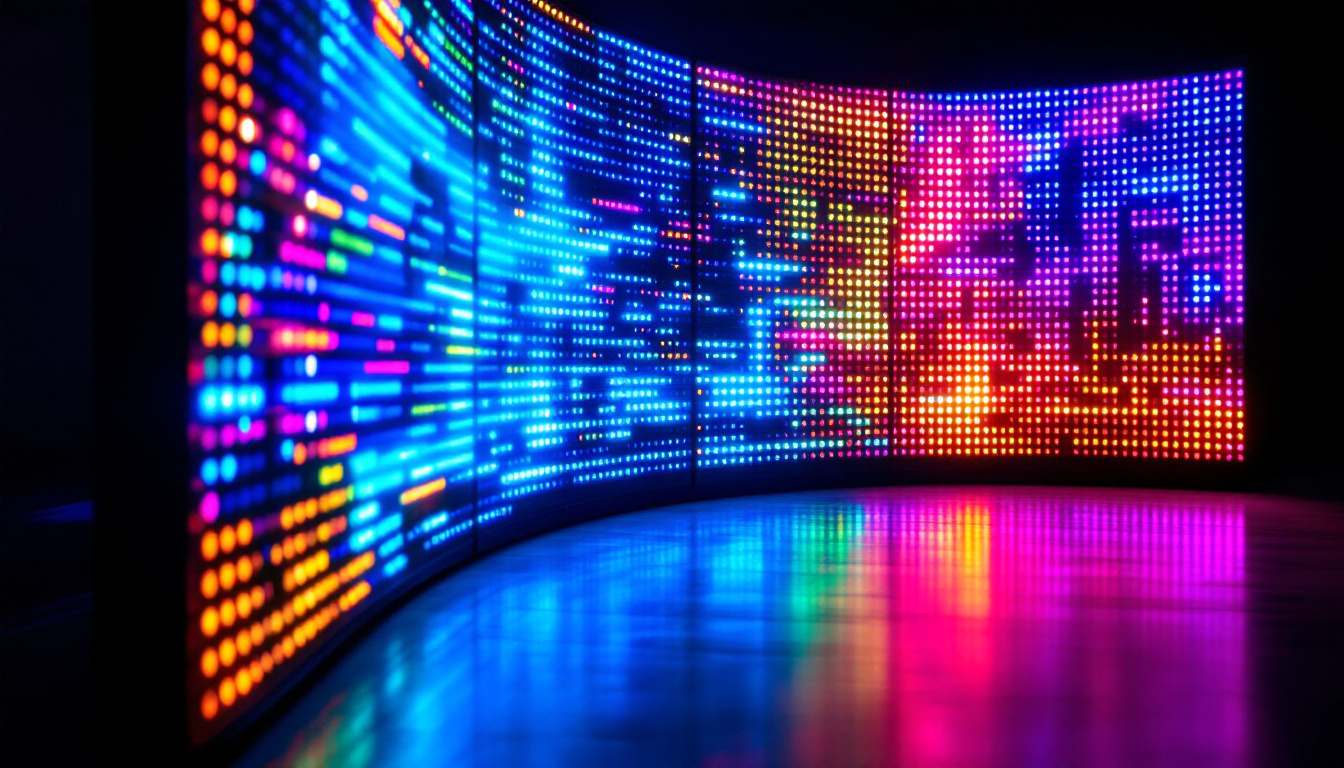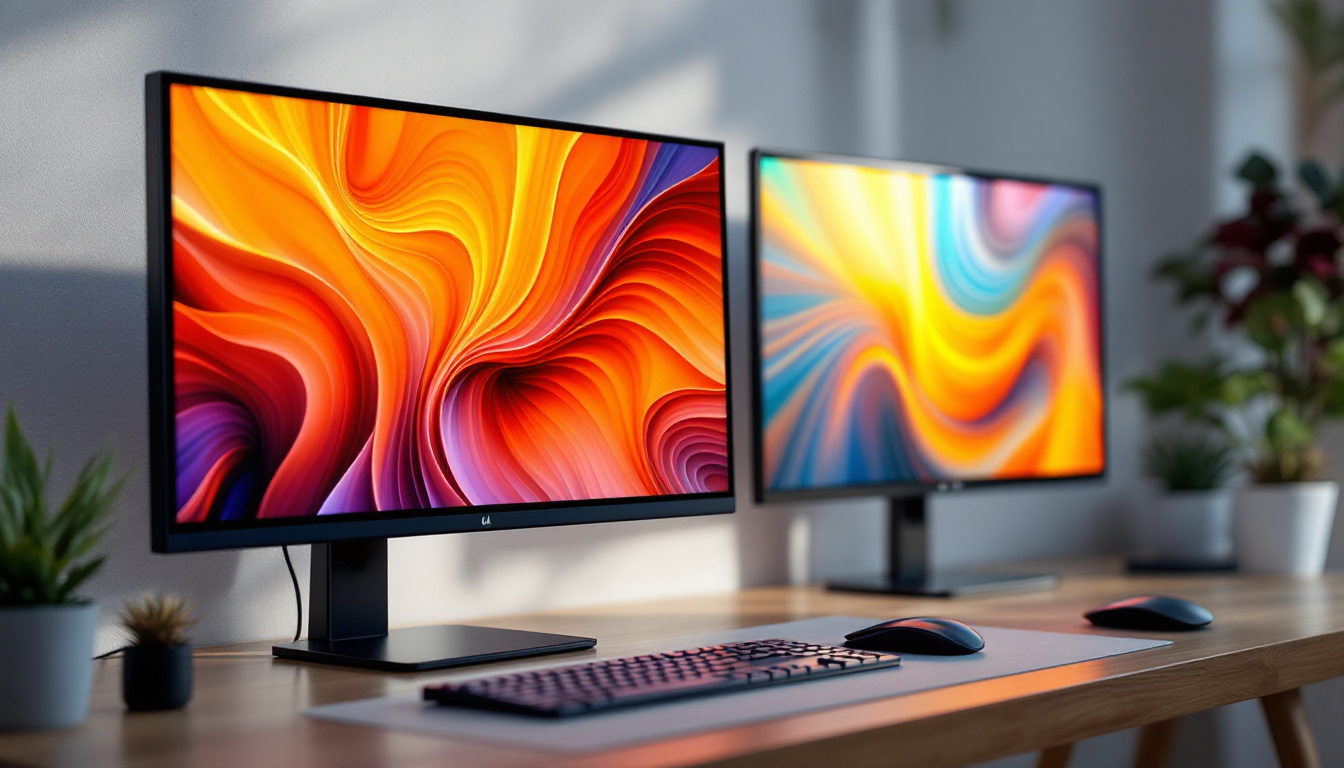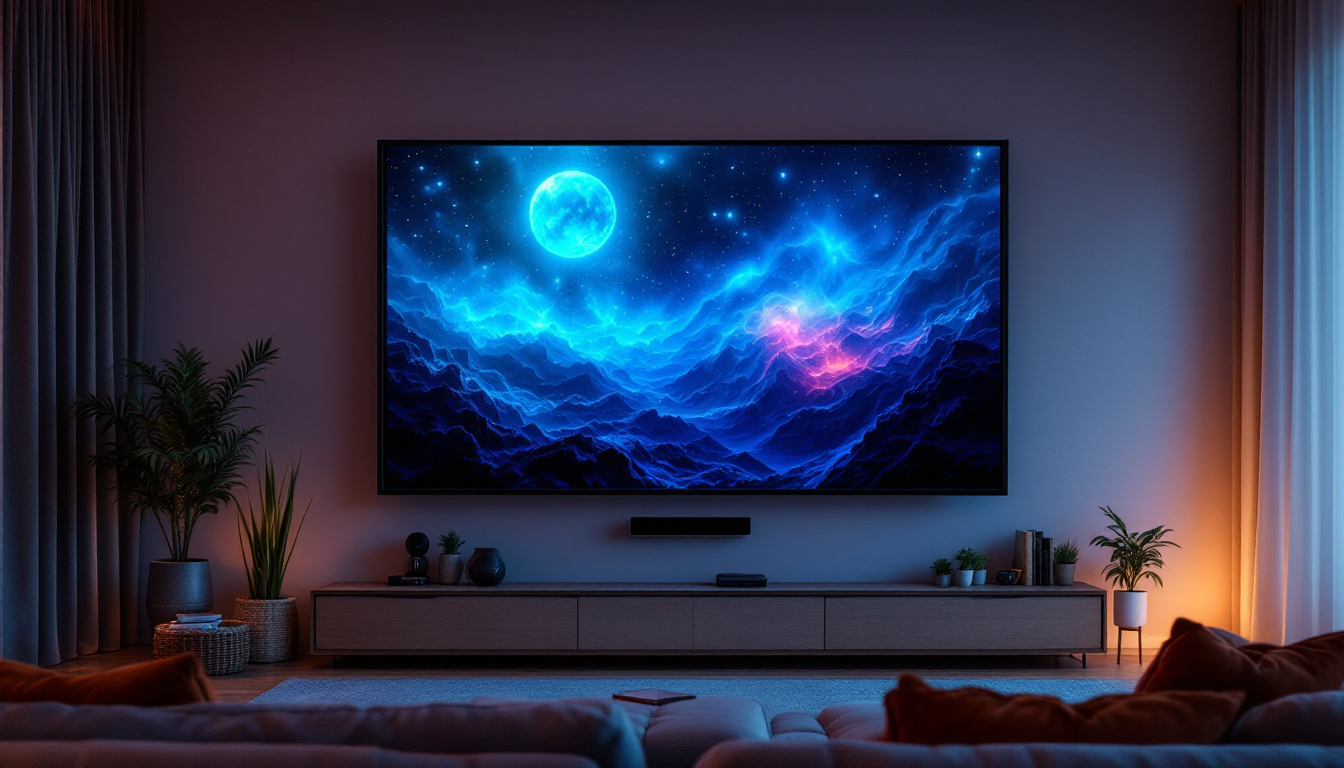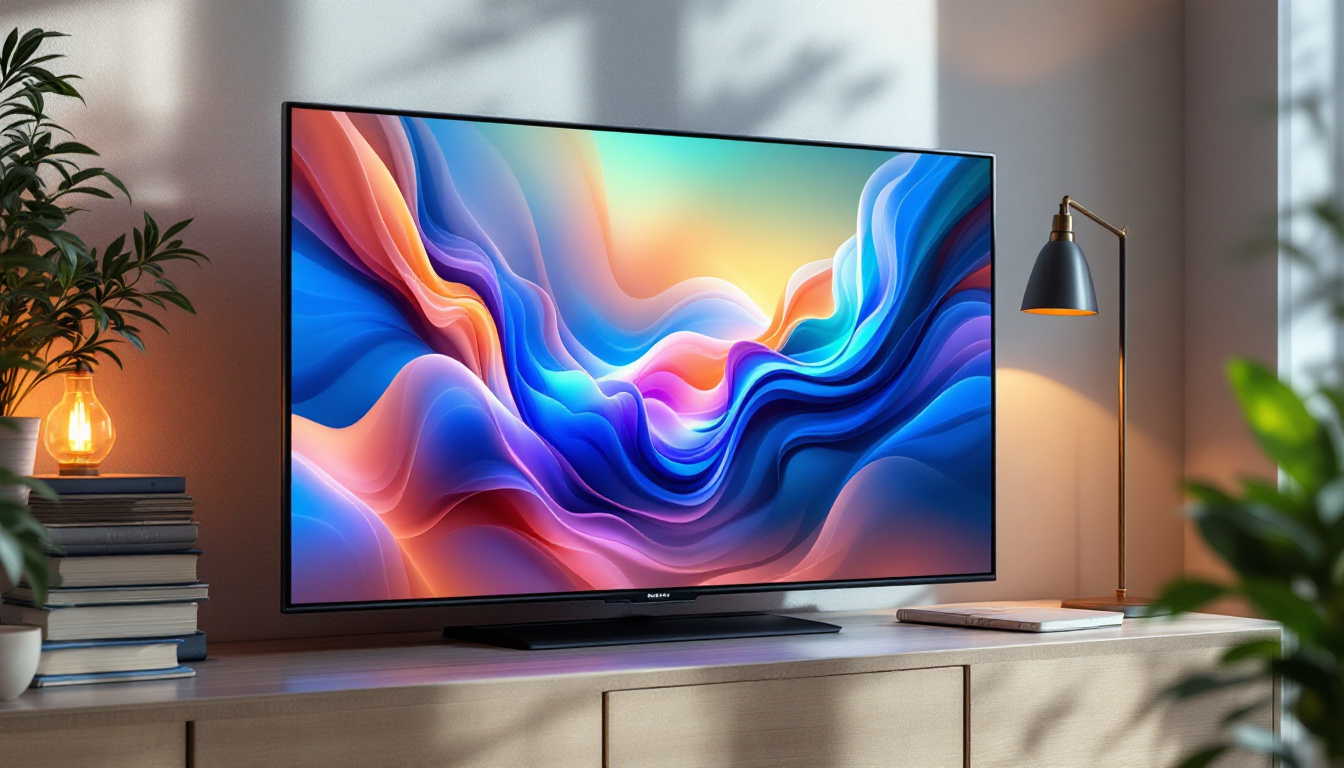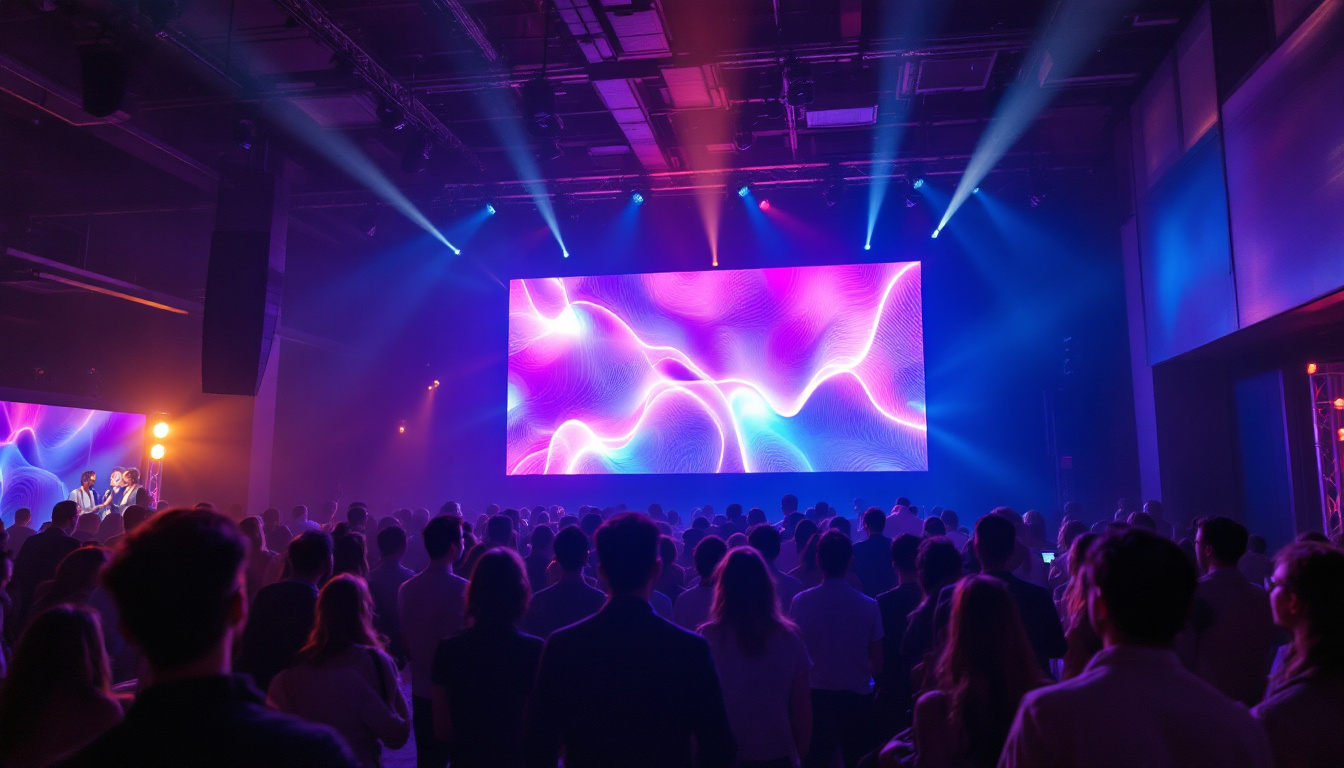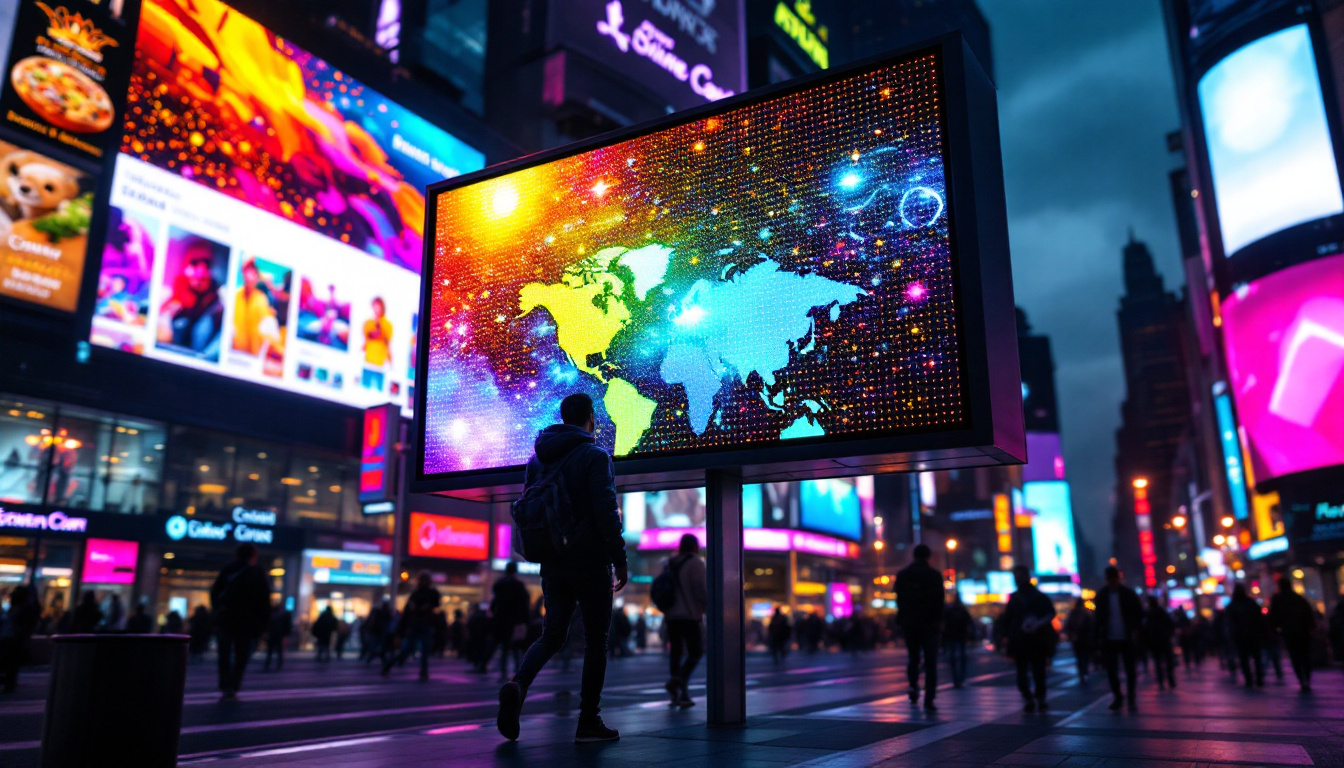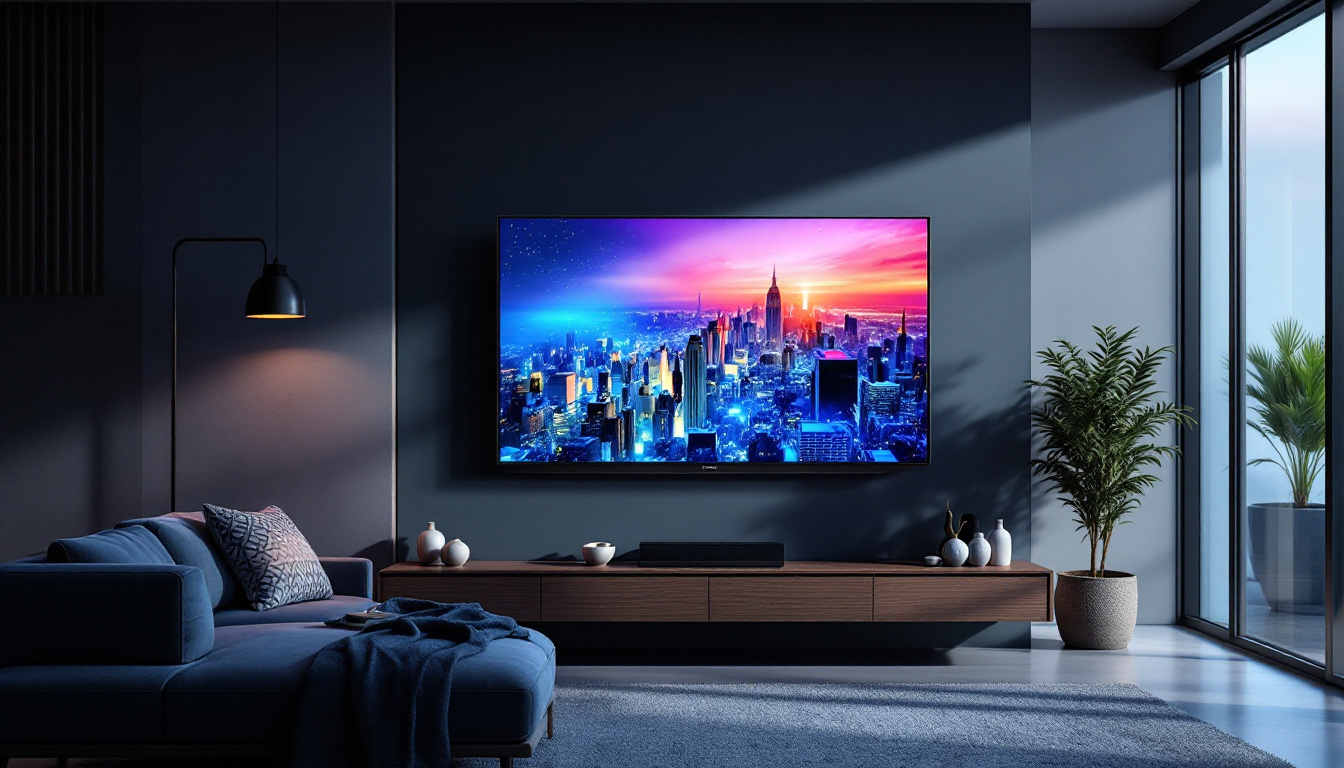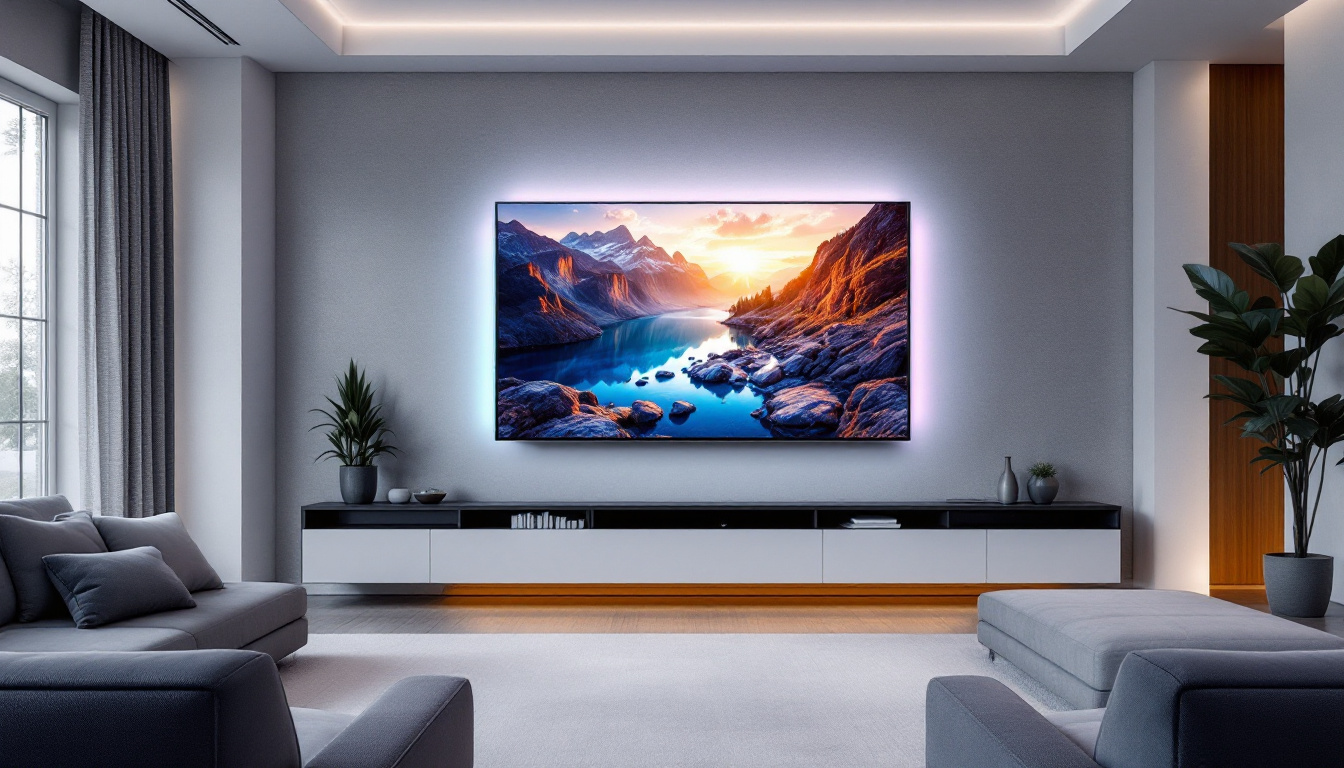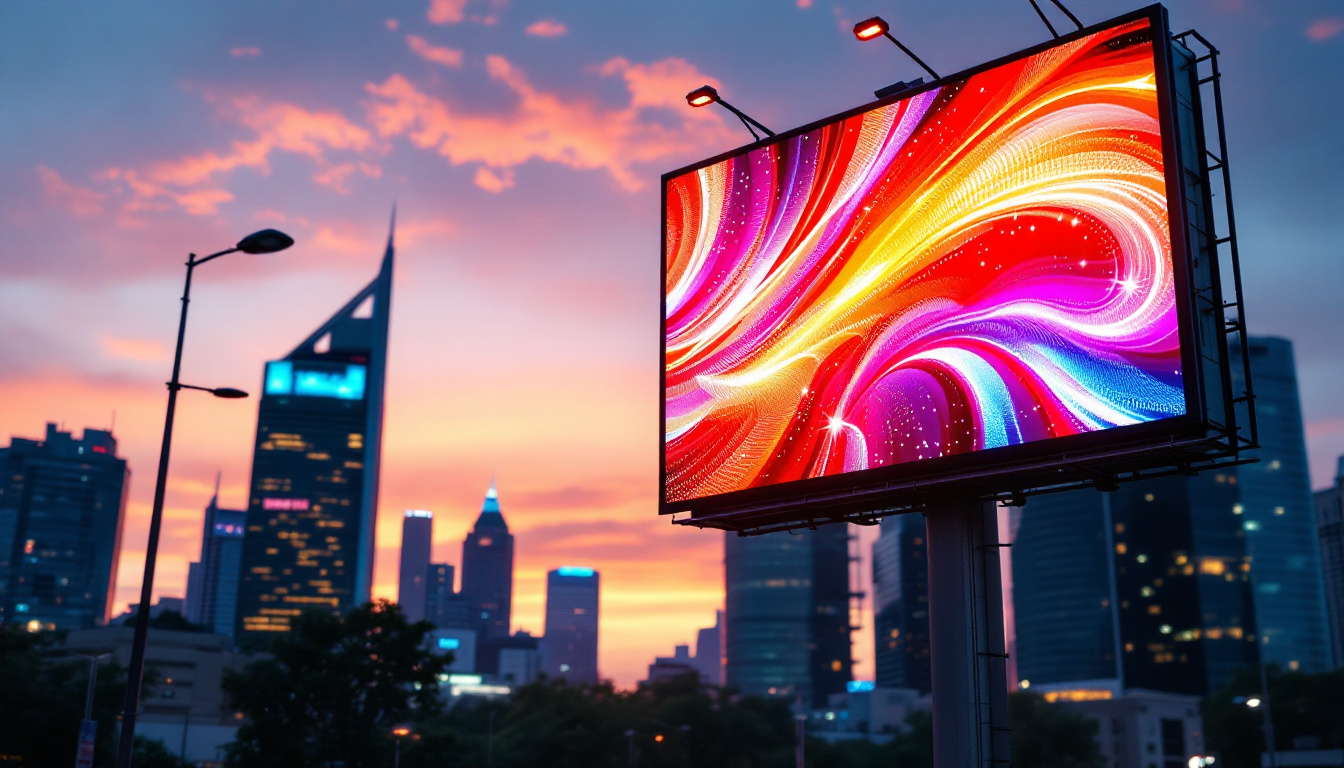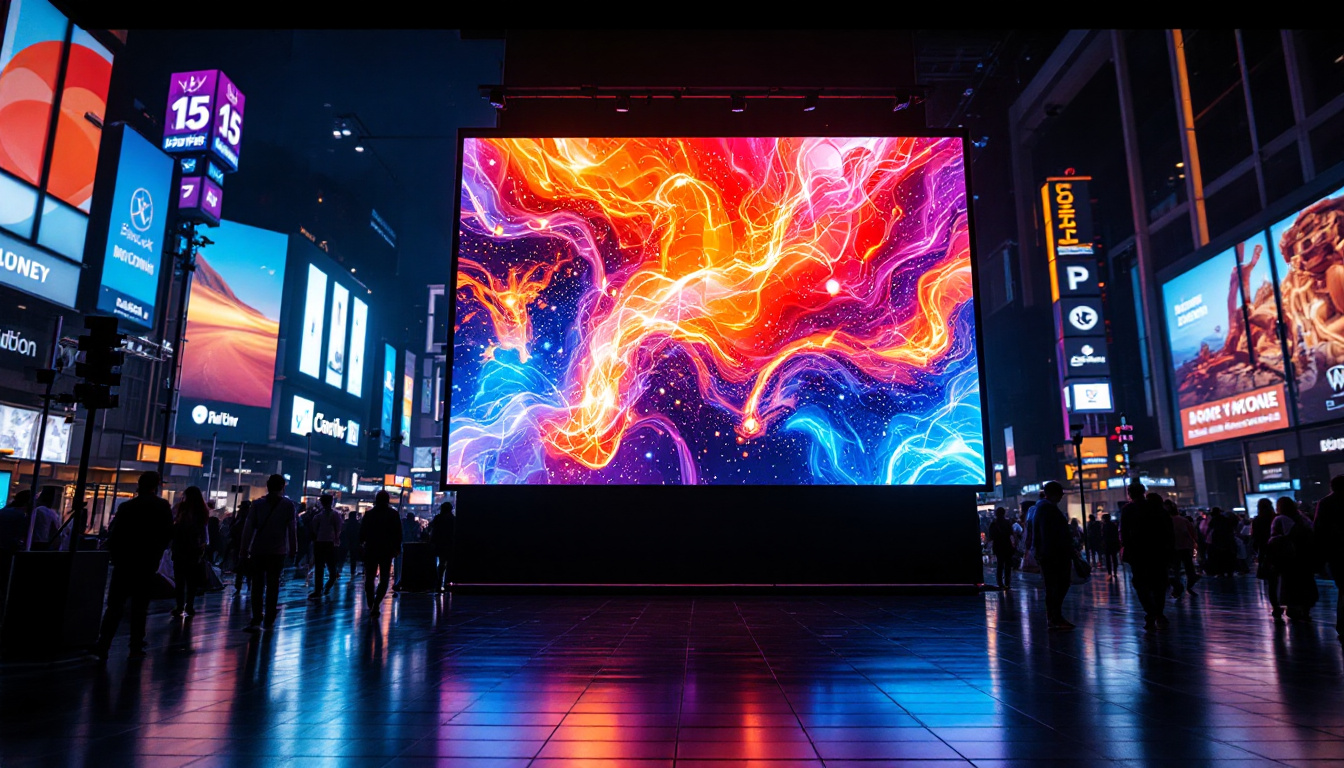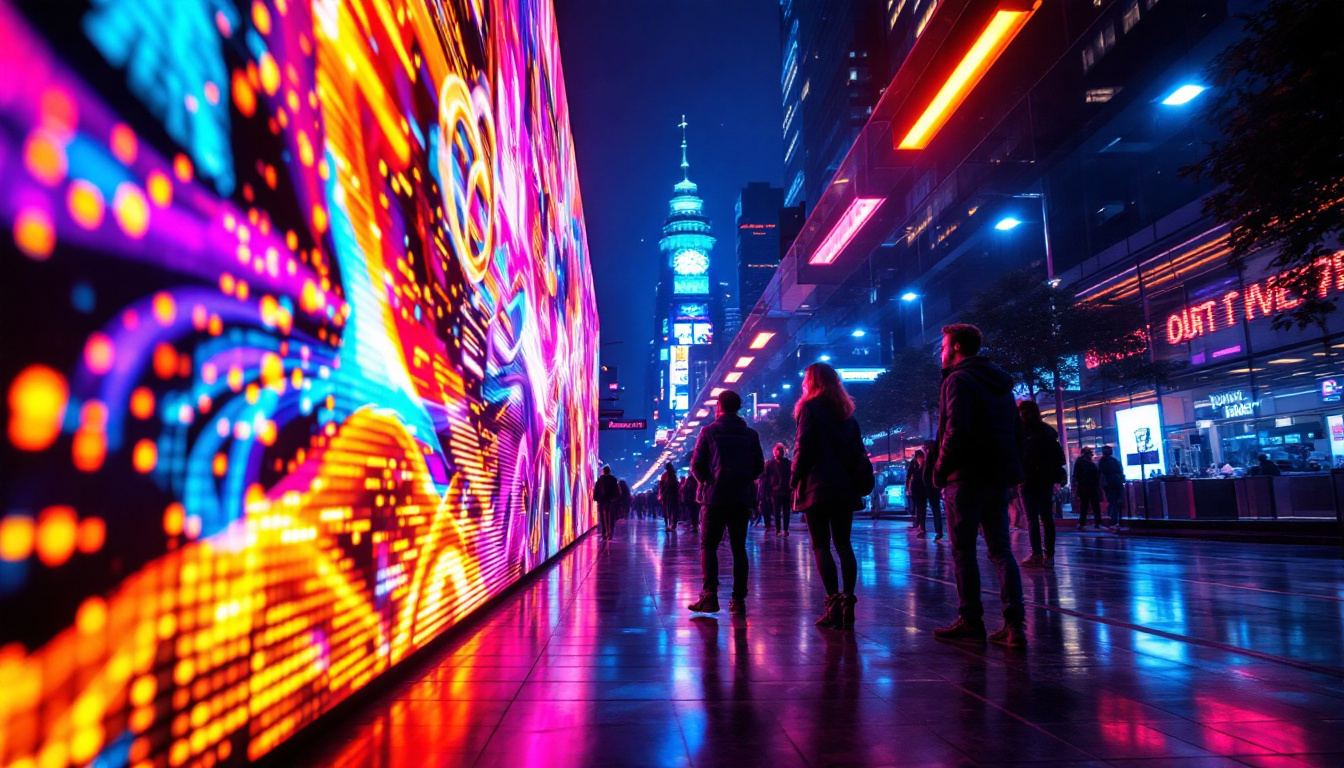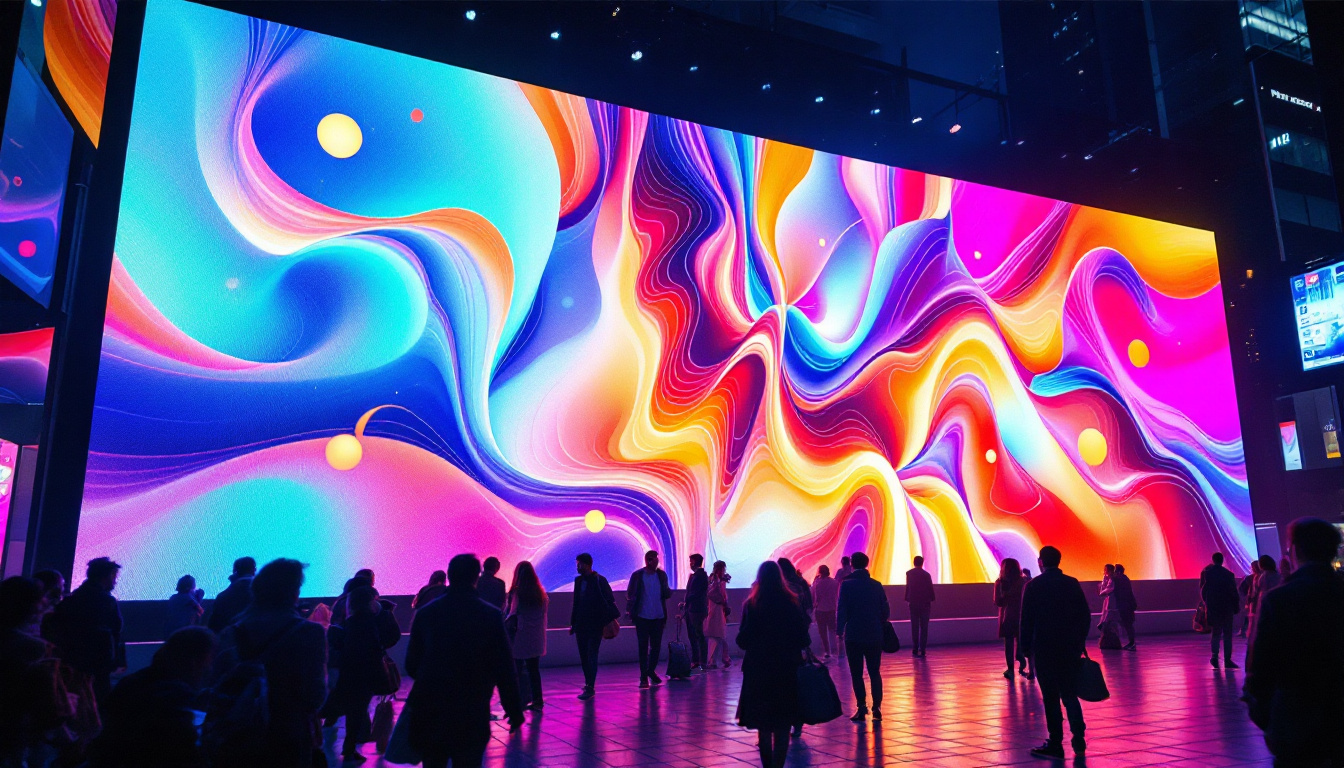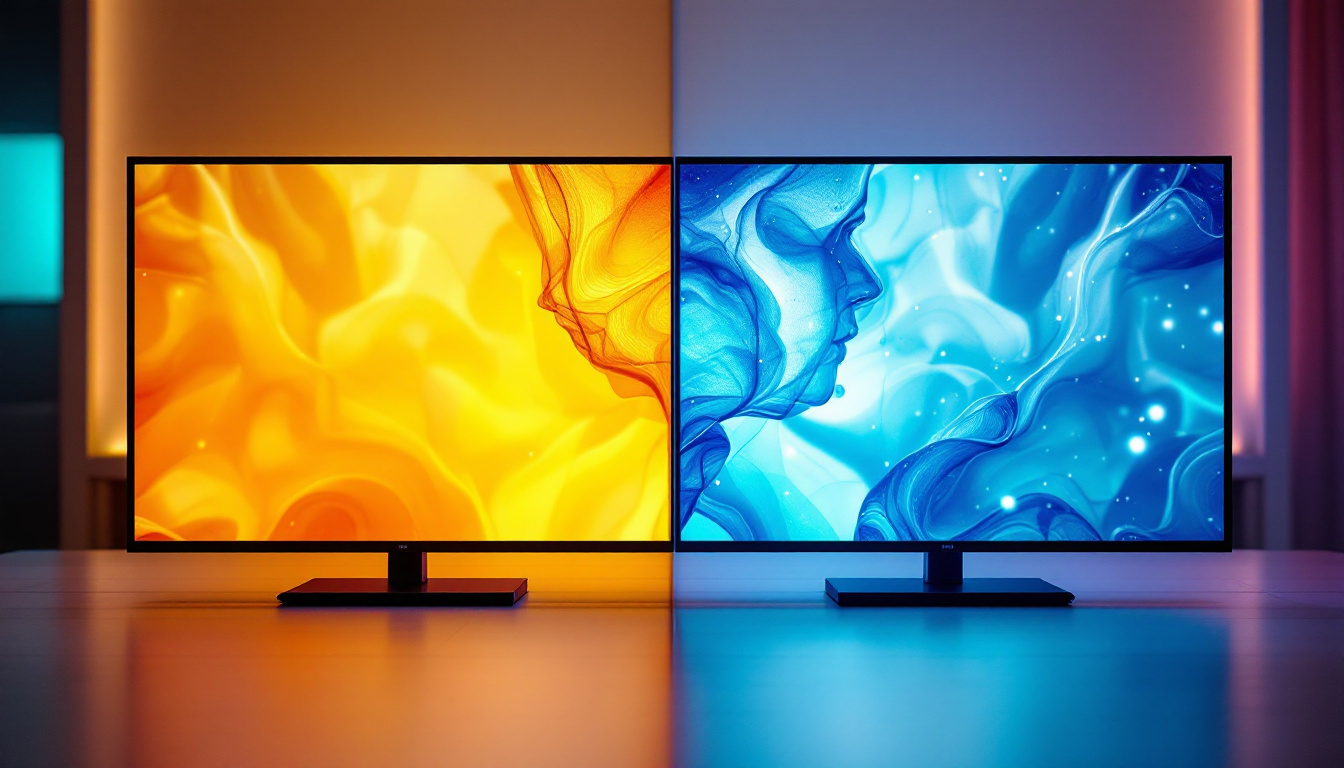In recent years, the integration of solar energy with LED technology has revolutionized the way we think about lighting and display systems. solar LED panels harness the power of the sun to provide efficient, sustainable, and cost-effective lighting solutions. This article delves into the mechanics of solar LED panels, their benefits, applications, and the future of this innovative technology.
Understanding Solar LED Panels
Solar LED panels combine solar photovoltaic (PV) technology with light-emitting diodes (LEDs) to create a system that can generate and utilize energy efficiently. This synergy not only reduces reliance on traditional power sources but also contributes to environmental sustainability. As the world increasingly shifts towards renewable energy sources, solar LED panels represent a significant step forward in harnessing the sun’s power for everyday use, making them an essential component of modern energy solutions.
How Solar LED Panels Work
The operation of solar LED panels is a straightforward process. At the core of this technology are solar cells, which capture sunlight and convert it into electrical energy. This energy is then stored in batteries for use during the night or on cloudy days. The stored energy powers the LED lights, providing illumination without the need for grid electricity. This self-sufficiency is particularly beneficial in areas where access to reliable electricity is limited, allowing communities to thrive with sustainable lighting solutions.
Solar LED panels typically consist of several key components: solar cells, a charge controller, a battery, and the LED lights themselves. The solar cells are made from semiconductor materials, usually silicon, which generate electricity when exposed to sunlight. The charge controller regulates the flow of energy to ensure that the battery is charged efficiently and safely. Additionally, some advanced systems incorporate smart technology that can optimize energy usage based on real-time data, further enhancing efficiency and performance.
Advantages of Solar LED Panels
One of the most significant advantages of solar LED panels is their energy efficiency. LEDs consume significantly less power compared to traditional incandescent or fluorescent lights, making them an ideal choice for solar applications. Additionally, solar LED systems can operate independently of the electrical grid, providing lighting solutions in remote areas where electricity is unavailable. This independence not only empowers communities but also reduces the overall carbon footprint associated with energy consumption.
Another notable benefit is the environmental impact. By utilizing renewable solar energy, these systems help reduce greenhouse gas emissions and reliance on fossil fuels. Furthermore, the long lifespan of LED lights—often exceeding 25,000 hours—means fewer replacements and less waste over time. The durability of LED technology also means that these lights can withstand harsh weather conditions, making them suitable for outdoor applications such as street lighting, garden illumination, and security lighting. As a result, solar LED panels are not only a practical choice but also a forward-thinking solution that aligns with global efforts to combat climate change and promote sustainable living.
Applications of Solar LED Panels
The versatility of solar LED panels allows them to be used in a wide range of applications, from residential to commercial and public spaces. Their adaptability makes them suitable for various environments and purposes.
Residential Use
In residential settings, solar LED panels are often used for outdoor lighting, such as garden lights, pathway illumination, and security lighting. Homeowners can install these systems to enhance safety and aesthetics without incurring high electricity costs. Additionally, solar LED lights can be a great option for off-grid homes or cabins, providing reliable lighting without the need for extensive electrical installations.
Moreover, the aesthetic appeal of solar LED lights can transform outdoor spaces into inviting areas for relaxation and entertainment. With various designs available, homeowners can choose fixtures that complement their landscaping while also serving functional purposes. Some models even come with adjustable brightness settings or color-changing features, allowing residents to customize their outdoor ambiance for different occasions, from cozy family gatherings to festive celebrations.
Commercial and Industrial Applications
Businesses are increasingly adopting solar LED technology to reduce operational costs and improve sustainability. commercial establishments utilize solar LED panels for outdoor signage, parking lot lighting, and security systems. The long-term savings on energy bills can significantly offset the initial investment, making it a financially sound decision.
In industrial settings, solar LED lights are used in warehouses, manufacturing facilities, and construction sites. These lights can improve visibility and safety while reducing energy consumption, aligning with corporate sustainability goals. The robust nature of solar LED technology also means that these lights require minimal maintenance, which is particularly advantageous in high-traffic industrial environments where downtime can be costly. Additionally, many companies are leveraging solar LED systems as part of their corporate social responsibility initiatives, showcasing their commitment to environmentally friendly practices and enhancing their brand image.
Public Infrastructure and Urban Development
Cities around the world are incorporating solar LED panels into their infrastructure. Streetlights powered by solar energy are becoming increasingly common, providing illumination while minimizing energy costs for municipalities. These systems can be equipped with motion sensors to conserve energy during low-traffic periods.
Furthermore, solar LED technology is being integrated into smart city initiatives, where data from these systems can be used to optimize energy usage and improve urban planning. The combination of solar energy and LED lighting supports the development of more sustainable, livable cities. In addition to streetlights, solar LED panels are also being utilized in bus shelters, parks, and public squares, enhancing safety and accessibility for residents and visitors alike. By creating well-lit public spaces, cities can foster a sense of community and encourage outdoor activities, contributing to healthier lifestyles and stronger social connections among citizens.
Challenges and Considerations
While solar LED panels offer numerous benefits, there are also challenges and considerations that must be addressed. Understanding these factors is crucial for effective implementation and long-term success.
Initial Costs and Investment
The upfront cost of purchasing and installing solar LED panels can be a barrier for some individuals and businesses. Although prices have decreased in recent years, the initial investment may still be significant. However, it is essential to consider the long-term savings on energy bills and maintenance costs, as well as potential government incentives or rebates that can offset these expenses. Furthermore, financing options such as solar loans or leases can make the transition to solar energy more accessible, allowing users to spread the cost over time while still enjoying the benefits of reduced energy bills from day one.
Weather Dependence and Performance
Solar LED panels rely on sunlight to function effectively, which means their performance can be influenced by weather conditions. Cloudy days or prolonged periods of rain can reduce the amount of energy generated. To mitigate this issue, it is essential to choose high-quality solar panels with efficient energy storage systems that can provide reliable performance even in less-than-ideal conditions. Additionally, advancements in solar technology, such as bifacial panels that capture sunlight from both sides, are becoming increasingly popular, offering enhanced performance in varied weather scenarios and maximizing energy production throughout the year.
Maintenance and Longevity
While solar LED systems are generally low-maintenance, periodic checks are necessary to ensure optimal performance. This includes cleaning the solar panels to remove dust and debris that can block sunlight, as well as inspecting the battery and other components for wear and tear. Regular maintenance can extend the lifespan of the system and ensure it operates efficiently. Moreover, investing in monitoring systems can provide real-time data on energy production and system health, allowing users to address any issues promptly and maintain peak performance. As technology evolves, some manufacturers are also offering warranties that cover performance guarantees, providing additional peace of mind for users regarding their investment in solar energy.
The Future of Solar LED Technology
The future of solar LED panels looks promising, with ongoing advancements in technology and increasing adoption across various sectors. As the world continues to prioritize sustainability and renewable energy, solar LED systems are likely to play a crucial role in shaping the energy landscape.
Technological Innovations
Research and development in solar technology are leading to more efficient solar cells and better energy storage solutions. Innovations such as bifacial solar panels, which capture sunlight from both sides, and improved battery technologies will enhance the performance and efficiency of solar LED systems. These advancements will make solar LED panels even more attractive for residential and commercial applications.
Integration with Smart Technologies
As smart technology becomes more prevalent, the integration of solar LED panels with smart systems is expected to grow. Smart solar lights can be equipped with sensors that adjust brightness based on ambient light levels or detect motion to conserve energy. This integration not only improves efficiency but also enhances user experience and functionality.
Global Adoption and Policy Support
Governments worldwide are increasingly recognizing the importance of renewable energy and are implementing policies to support its adoption. Incentives such as tax credits, rebates, and grants for solar installations are encouraging more individuals and businesses to invest in solar LED technology. As awareness of climate change and sustainability grows, the demand for solar LED solutions is likely to increase, driving further innovation and development.
Conclusion
Solar LED panels represent a significant advancement in energy-efficient lighting solutions. By harnessing the power of the sun, these systems provide a sustainable alternative to traditional lighting methods while offering numerous benefits, including cost savings and reduced environmental impact.
As technology continues to evolve and more applications emerge, the potential for solar LED panels is vast. From residential homes to urban infrastructure, the integration of solar energy with LED technology is paving the way for a brighter, more sustainable future. Investing in solar LED panels not only contributes to personal and organizational goals of sustainability but also plays a part in the global movement towards renewable energy and environmental stewardship.
Illuminate Your Space with LumenMatrix
Ready to embrace the future of lighting and display technology? LumenMatrix is at the forefront of innovation, offering a wide array of LED display solutions that bring your visual communications to life. Whether you’re looking to enhance your brand’s visibility with an Indoor LED Wall Display, captivate passersby with an Outdoor LED Wall Display, or create dynamic visual experiences with our Custom LED Displays, we have the technology to meet your needs. Our mission is to transform your message into an engaging, clear, and impactful visual statement. Check out LumenMatrix LED Display Solutions today and take the first step towards a brighter, more sustainable future.

